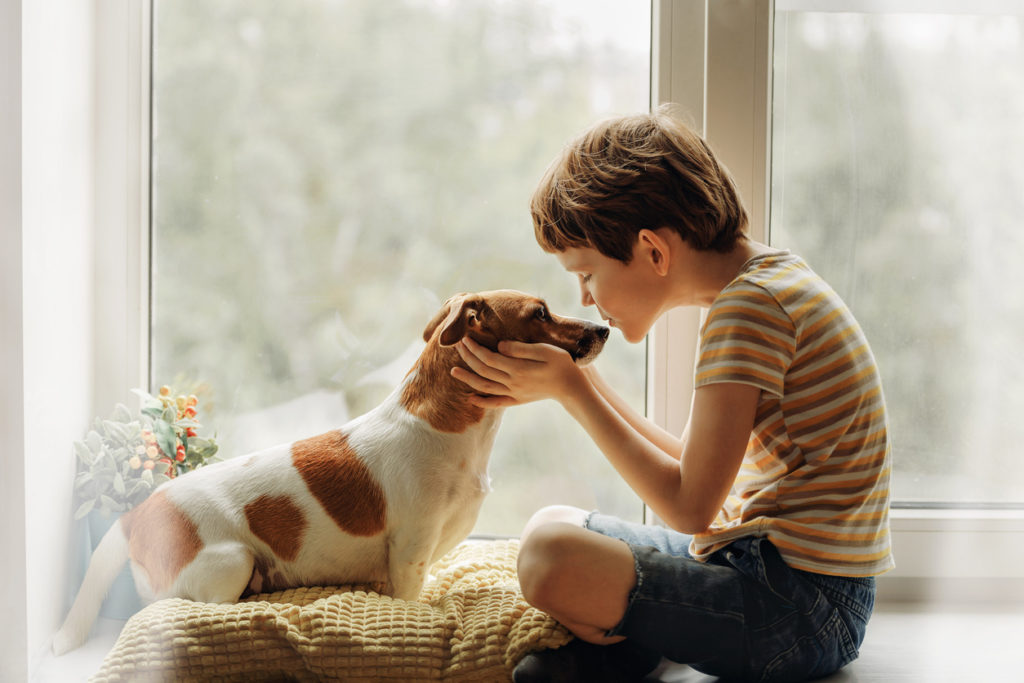Home Alone — What Can Be Done to Improve Safety

Home Alone with a Friend
For many families, the demands of the work week create a common occurrence of children returning to an empty house after school. As undesirable as that may be, the good news is there is a plethora of devices, gadgets and tools that can help moms and dads stay closely connected to sons and daughters.
The goal of such technology is safety.
“The first thing parents need to decide is if their child is responsible enough to stay home alone,” states an American Red Cross article titled “Safety Steps to Follow if Kids are Home Alone.” “If not, other options include after-school child care, programs at schools and youth clubs or enrolling the child in youth sports programs. Whether a child is going to stay home alone should depend on the child’s maturity and comfort level. A general rule of thumb is that no child less than eight years of age should be left alone for any extended period of time.”
Even if a child is of the recommended age, he or she still might be wary of being home alone. Questions parents should ask include, “Are you afraid?” or “Do you know what to do in case of an emergency?” or “Can you follow the rules?”
“If the child is going to go home after school, it’s a good idea to have them call to check in when they get home,” according to the American Red Cross article. “For an older child, set ground rules about whether other kids can come over when the parents are absent, whether cooking is an option, and whether they can leave the home.”
When established that a child is not afraid, knows what to do and can follow the rules, a plan of action should be prepared.
“One of the best ways to prep your child to stay home alone is to have an open and honest discussion with them,” states a blog on Reviews.com titled “Home Alone After School: A Safety Guide for Kids.” “Before the big day comes, sit down with your child and go over what to do in an emergency. Even better, have them write down the answers to these questions themselves so they’re sure to remember.”
- Does the child know how to call 911 and what information to give?
- Does the child know the cross streets of the home?
- Does the child know the names of neighbors if help is needed?
After the basics are in place, safety can be amped up by buying and installing things like smart home cameras and smart doorbell cameras. Smart home cameras can be useful to parents by keeping tabs on a child’s whereabouts and activities, while smart doorbell cameras can alert children as to who is knocking on the door.
“Parents tell their kids not to answer the door, but kids tend to ignore this rule when the uninvited guest might be a friend,” Justin Lavelle, of BeenVerified, said in the Reviews.com blog. “While peepholes are a safety precaution, they do not prevent strangers from seeing your child through adjacent windows, nor can some children reach the peepholes.”
Another option is GPS watches, used primarily by runners to track their course and now finding an application in the world of child welfare.
“While a smart camera is great when kids come home from school, they don’t offer much for the time between a kid leaving school and getting home,” according to Reviews.com. “A GPS watch for kids gives parents additional visibility into a kid’s journey home.”
Smart Geek Wrist provides an evaluation of what they believe are the best watches for kids. These new smart watches include the normal fare, including GPS, but also have audio and video calling features, SOS modes, and text messaging. Some watches also include “geo-fencing” capabilities. Parents are able to set up geographical boundaries so when a child leaves the boundary area, the parent receives a notification of the exit and a location of where the child is located at that time. Some of the phones include:
- TickTalk 3
- KidsConnenct KC2
- GizmoPal 2
- TenCent QQwatch
- GBD
- dokiWatch
- hereO
- FiLip 2
- Xplora 4
Tracking apps also are relevant when it comes to child welfare. When downloaded onto a smart phone, they function similar to a GPS watch but are far cheaper.
“If your kids are old enough to have smartphones and they’re responsible enough to keep up with them, this is one of the most inexpensive ways to monitor their location,” Lavelle said. “A few such kid-tracking apps include Footprints, AngelSense, and Life360.”
With the above said, technology can fail at a moment’s notice, and watches and phones can go missing at school, so have a backup plan.
“For example, even if you use smartphones or smart watches, consider what would happen if your kids lost their devices,” according to Reviews.com. “One way to address this is to print physical copies of phone numbers that can be posted on the fridge or put in your kids’ backpacks, so they will always have a way to contact someone in the event of an emergency.”
Share This


